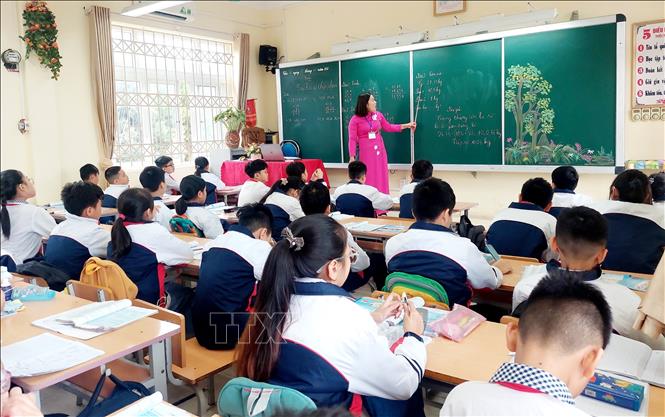
This is the affirmation of Vice Chairwoman of Quang Ninh Provincial People's Committee Nguyen Thi Hanh when discussing the work of rearranging educational facilities in the province. As of November 5, the province has not received any written request from the Ministry of Education and Training to stop rearranging schools in the area.
Ms. Nguyen Thi Hanh stated that the merger was implemented thoroughly, closely following reality, and receiving high consensus from parents, students and teachers. The goal is to reduce the number of contacts, improve management capacity and aim at the core task of improving the quality of education for learners. Students will still study where they study, teachers will still teach where they teach, absolutely no student will be affected and have to go to another place to study due to the merger.
The rearrangement of educational facilities was prepared by Quang Ninh province since April 2025 and carried out from mid-October 2025 on the basis of consulting the people, teachers, and relevant parties and receiving high consensus. The rearrangement was implemented simultaneously, in the direction of reducing 50% of the number of facilities under the management of communes, wards, and special zones, but did not change the scale of educational facilities or affect students' learning. Teachers' teaching, especially students' learning, still takes place normally at the current school, without changing classes, teachers, or schedules. The leaders of the Provincial People's Committee affirmed that this is a strategic step to streamline the apparatus, improve management efficiency, create conditions for in-depth investment in education, and meet the requirements of rapid and sustainable development of the locality in the new period.
Ms. Nguyen Thi Hanh shared that some communes and wards in Quang Ninh currently have too many schools, some localities have 15-21 schools but many schools do not meet the minimum standards, only 4-5 classes (lower than the minimum of 9 classes). According to the 2-level local government model, each commune, ward or special zone has only one specialist in charge of education. Therefore, it is necessary to arrange, reduce management units and improve education management capacity, in accordance with actual conditions.
Deputy Director of the Department of Education and Training of Quang Ninh province, Dinh Ngoc Son, affirmed that the merger was carried out according to the principle of "equal level": merging preschools with preschools, general education with general education, continuing education with continuing education; ensuring that teaching and learning activities of schools and students are not interrupted. At the same time, the merger was carried out on the principle that each commune-level locality still maintains at least one school for each level of preschool, primary and secondary education; prioritizing the model of inter-level primary - secondary education in sparsely populated areas with difficult terrain.
According to the Department of Education and Training of Quang Ninh province, as of September 2025, the whole province has 637 educational institutions from kindergarten to university, including 56 private schools. The public system includes 579 schools and centers under the management of the People's Committees at the commune level, the Department of Education and Training, the Provincial People's Committee and central ministries and branches.
After the reorganization, 54 commune-level administrative units in the province still have 522 public kindergartens, primary schools and secondary schools under the management of the commune level. Due to regional characteristics, the number of educational facilities is unevenly distributed: In some places, 10 commune-level units have no more than 5 educational facilities, while 7 localities have more than 15 schools.
In some commune-level units, the total number of groups/classes in public educational institutions is relatively small, not exceeding the maximum size of an educational institution. Specifically, 12 units have less than 30 preschool groups/classes, 11 units have no more than 40 primary school classes, and 33 units have no more than 45 secondary school classes.
The province's public educational institutions are still short of nearly 4,000 managers, teachers and staff compared to the norm, notably lacking more than 2,600 teachers.
In reality, the scale of schools before the merger was still scattered and small; the shortage of teachers and the lack of a reasonable structure have been creating great pressure in schools. The above situation shows that it is necessary to rearrange the network of schools and classes in conjunction with streamlining the apparatus, effectively using the existing staff and restructuring human resources according to the 2-level local government model.
According to Plan No. 253/KH-UBND dated October 6, 2025 of the People's Committee of Quang Ninh on streamlining internal organizations, public service units, state-owned enterprises, the People's Committees at the commune level will reorganize public educational institutions in the area to reduce about 50% of educational institutions but must ensure at least kindergartens and junior high schools. The whole province will reorganize 520 schools into 251 schools, reducing 269 schools. Of which, kindergartens will reduce 97 schools out of a total of 185 schools, primary schools will reduce 104 schools out of a total of 152 schools, and junior high schools will reduce 68 schools out of a total of 183 schools. After completing the reorganization, Quang Ninh will reduce 284 preschool, general education, and continuing education institutions, equivalent to a streamlining rate of about 50%.
In response to public opinion that the number of Vice Principals exceeded the regulations after the rearrangement, Vice Chairwoman of the Provincial People's Committee Nguyen Thi Hanh informed that according to current regulations, during the process of rearranging and reorganizing the apparatus, the number of deputies may be higher than the norm. However, in 3-5 years, schools will be reviewed, reorganized, and the number of management staff will return to the correct regulations.
Source: https://baotintuc.vn/giao-duc/viec-sap-xep-lai-cac-co-so-giao-duc-duoc-chuan-bi-ky-luongnhan-duoc-su-dong-thuan-cao-20251105152940959.htm




![[Photo] Opening of the 14th Conference of the 13th Party Central Committee](https://vphoto.vietnam.vn/thumb/1200x675/vietnam/resource/IMAGE/2025/11/05/1762310995216_a5-bnd-5742-5255-jpg.webp)





























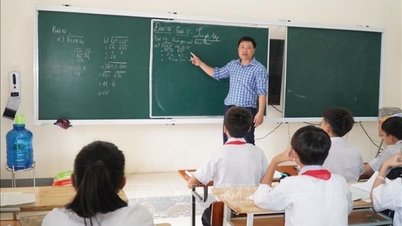
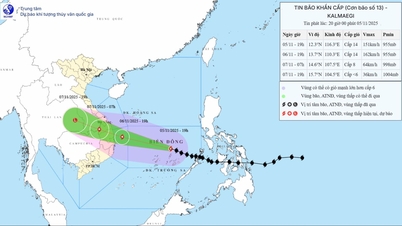
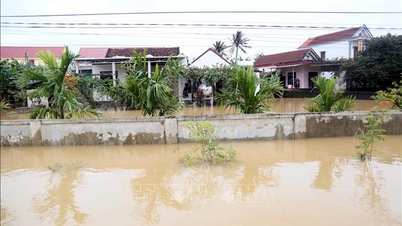
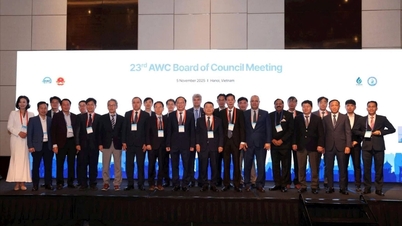



![[Photo] Panorama of the Patriotic Emulation Congress of Nhan Dan Newspaper for the period 2025-2030](https://vphoto.vietnam.vn/thumb/1200x675/vietnam/resource/IMAGE/2025/11/04/1762252775462_ndo_br_dhthiduayeuncbaond-6125-jpg.webp)































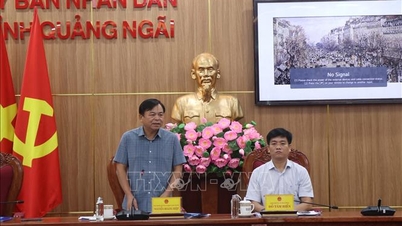





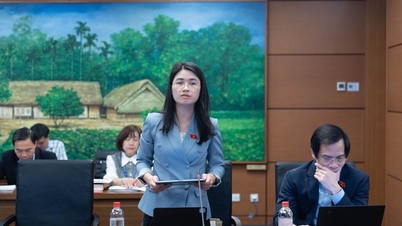




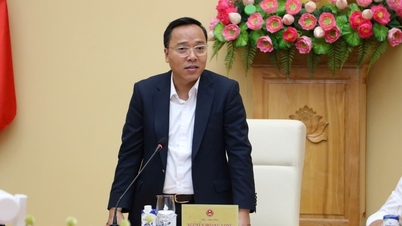


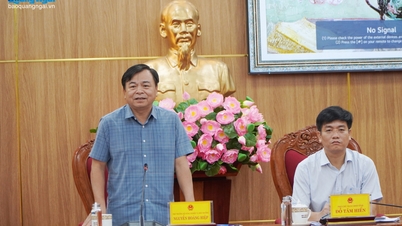





















Comment (0)